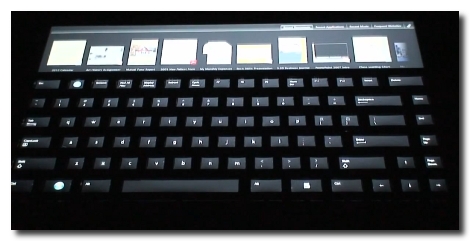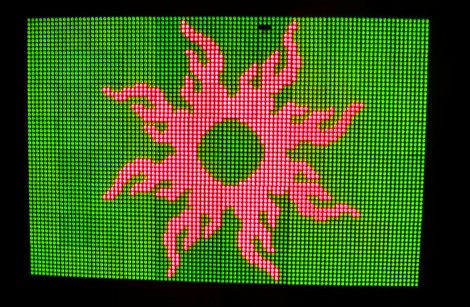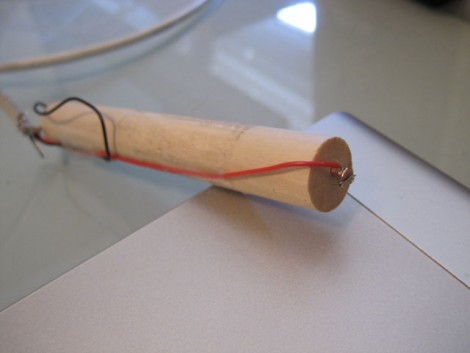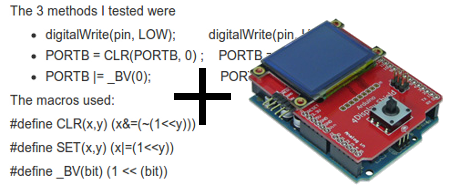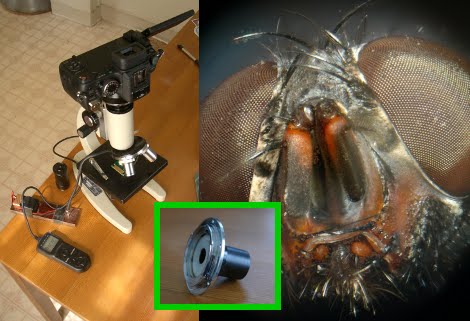
[Ben Krasnow] is capturing some great snapshots using a microscope adapter and some tricks. The camera attachment is just a lens adapter ring with a tube added. Unlike other microscope imaging hacks we’ve seen he used a real microscope but found that the pictures had a bit of light distortion to them. The camera sensor was picking up a glare reflected on the inside of the black tube. By adding a washer and repositioning the apparatus he got over that hurdle. The final part of the puzzle is image processing. By taking several pictures at different focal lengths and compositing them he gets killer photos like the compound eyes of that house fly seen above.

